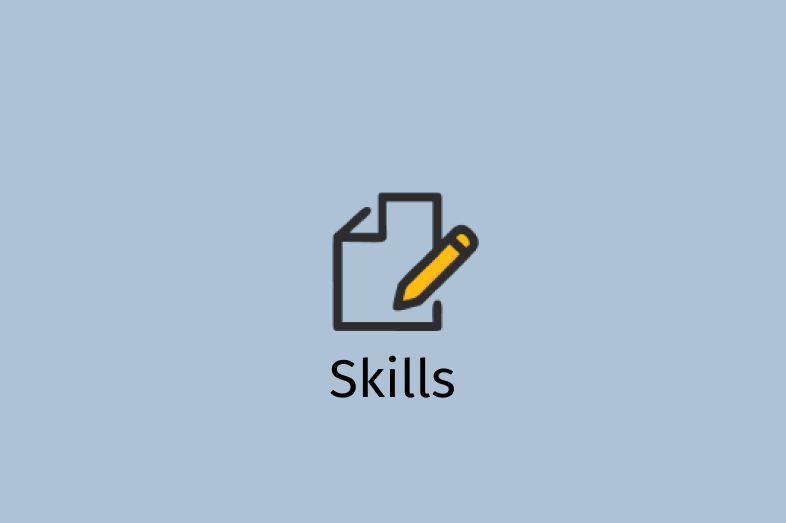The planned early 2022 restart of federal student loan payments will renew the nation’s attention to the approximately 42 million Americans who owe an estimated $1.6 trillion in education debt.
Reporters can find fresh angles and new information to help borrowers by pursuing accountability stories, and by paying particular attention to debt repayment, forgiveness and collections of overdue balances, three veteran reporters said at the Education Writers Association’s 2021 Higher Education Seminar.
Reporters should also consider expanding their research beyond the standard federal student loans to examine parent loans, as well as other education-related debts, such as unpaid tuition bills, advised journalists Danielle Douglas-Gabriel, Meredith Kolodner and Josh Mitchell.
The journalists suggested five strategies to break new stories:
- Follow up on promises to help borrowers. The federal government has sometimes failed to come through on its promises to, for example, forgive debts of public servants or those who were cheated by their colleges – The Washington Post’s Douglas-Gabriel said. That story can be told at the local level through borrowers in the community. “Hold these programs and these people accountable to ensure that the folks who say that they’re going to help are actually giving help,” she said. The federal public service forgiveness program is ripe for more coverage, especially given its recent expansion. “I would really encourage folks to identify a couple of teachers or police officers in your area who have been working toward this,” she said. “I assure you, people in public service loan forgiveness are very chatty. They’re willing to talk about why this hasn’t worked for them, and they will give you documents.”
- Look beyond federal student loans: Even in the pandemic-affected academic year of 2020-21, Americans took out more than $22 billion in education debt outside of the federal student loan program. Americans took out approximately $12 billion in education loans from banks, credit unions, or other non-federal lenders last year. And approximately 561,000 parents of undergraduates took out a total of about $10 billion in federal parent PLUS loans – accounting for one quarter of all federal education lending for undergraduates last year. On top of all those debts, one study found that as many as 6.6 million students had unpaid tuition bills totaling about $15 billion. All debt delinquencies cause problems for the debtors, but unpaid tuition bills have the added complication of halting the students’ education, since colleges typically refuse to re-enroll or release transcripts to students with arrearages. Mitchell, a Wall Street Journal reporter and author of a book on student loans called “The Debt Trap,” noted that certain colleges seem to have disproportionate levels of certain kinds of debts. Some of Alabama’s public universities, for example, have above-average rates of parent borrowing. (Nationally, only about 3% of families of undergraduates take out parent PLUS loans. But at the University of Alabama, the rate is about 9%.) Reporters can check the number of parent PLUS borrowers and the amount they borrow each year at each school using data on the Federal Student Aid website. Since the parent, private and college loans have much less flexible repayment and forgiveness options, reporters should keep an eye out for stories on how borrowers will manage to repay them, the panelists suggested.
- Investigate collections: The tactics lenders use to collect overdue debts are also undercovered. Kolodner, a Hechinger Report journalist, investigated the New York attorney general’s aggressive collections strategy against students late on tuition payments and the activities of collection agencies. She found the collection fees sometimes boosted the amount students owed by up to 40%. Reporters can examine how effective the collection strategies are by requesting data on the total amount owed over a given period and the amount paid back during that same time. “You have to be a little careful because some of the debt will be from previous years, so they’re not just collecting the debt that was incurred that year,” Kolodner warned. “But if you do it over a period of years, you can get a rough percentage.” She recommended reporters connect with lawyers who represent debtors, such as legal aid organizations, for help finding lawsuits. Douglas-Gabriel added that state consumer protection agencies and attorneys general also often keep files on consumers’ loan complaints.
- Ask who benefits: It’s important to investigate who’s making money from student loans, Mitchell said. His book traced the transition of Sallie Mae from a quasi-governmental agency (technically, a “government-sponsored enterprise”) to a lucrative for-profit company, for example. Besides private lenders, such as traditional banks, and upstarts, such as SoFi, there are many other money-making niches in the student loan world. The federal government and other lenders also often hire contractors known as “servicers” to manage monthly billing of debtors, for example. Some of those servicers are private companies, and some, such as PHEEA, are affiliated with state governments.
- Ask who suffers: The pain of student debt is not distributed equally among all socioeconomic classes, localities or races. Mitchell suggested journalists might find interesting local stories by checking out University of Utah economist Marshall Steinbaum’s heat maps showing student debt by ZIP code. Temple University’s Hope Center for College, Community, and Justice, led by Sara Goldrick-Rab, also has published reports on the disparate racial impacts of debt.

